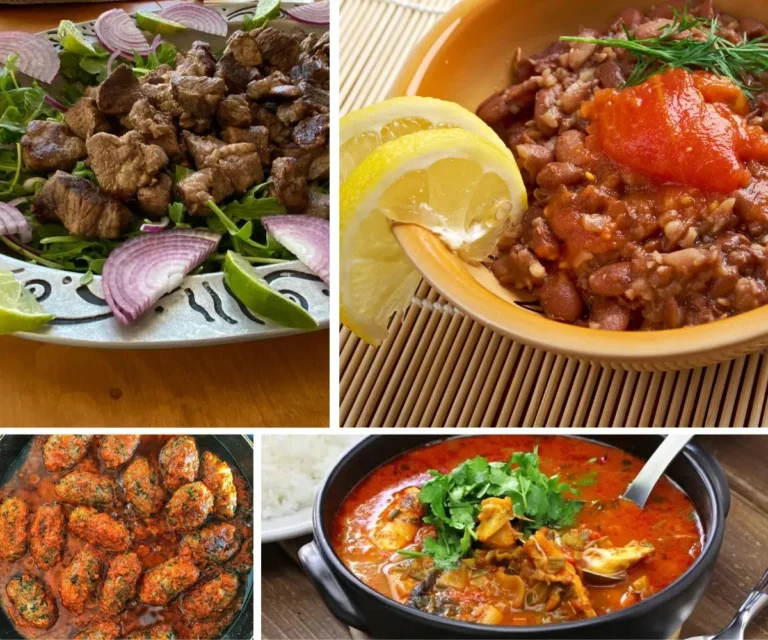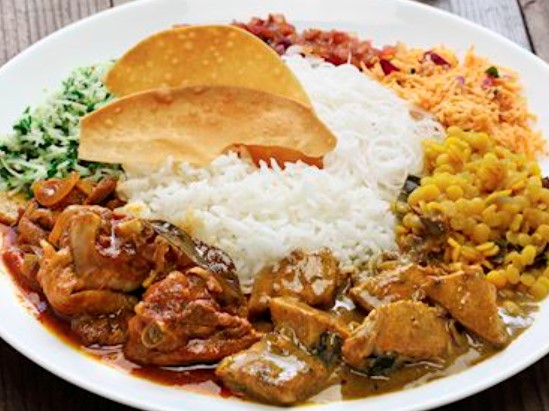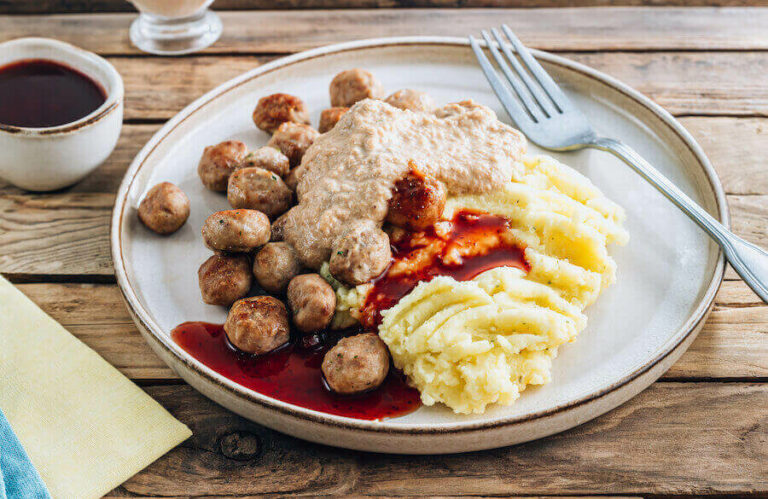Introduction: The Cuisine of Central Europe
Central Europe is a region that comprises nine countries, including Slovakia. The cuisine of this area is known for its hearty, filling dishes and use of meat, potatoes, and dumplings. However, each country has its unique culinary traditions, and Slovak cuisine is no exception.
Slovak Cuisine: A Blend of Influences
Slovak cuisine is a blend of various influences that have shaped it over the centuries. The country’s proximity to Austria, Hungary, and the Czech Republic has played a significant role in shaping the culinary traditions of Slovakia. Slovak cuisine has also been influenced by the country’s rural and agricultural history.
The Influence of Austrian Cuisine
Austria’s influence on Slovak cuisine is significant, especially in the western regions. Austrian cuisine is famous for its sweet and savory pastries, and this influence can be seen in Slovakia’s delicious strudels and pies. Austrian cuisine has also influenced Slovak cuisine’s use of creams and sauces, which are often used to add flavor and texture to dishes.
Czech Influence on Slovak Cuisine
Czech cuisine has also influenced Slovak cuisine, particularly in the central regions. Czech cuisine is known for its meat dishes, and this influence is visible in Slovakia’s hearty meat stews and soups. The Czech Republic’s famous beer culture has also influenced Slovakia’s beer culture, and many Slovak pubs serve Czech beer.
Hungarian Influence on Slovak Cuisine
Hungarian cuisine has played a significant role in shaping Slovak cuisine, particularly in the southern regions. Hungarian cuisine is known for its hearty meat dishes, spicy paprika, and dumplings. These influences can be seen in Slovakia’s goulash and potato dumplings, which are popular throughout the country.
Conclusion: Unique Characteristics of Slovak Cuisine
Slovak cuisine’s unique characteristics are a blend of its neighboring countries’ culinary traditions and its rural heritage. Slovak cuisine is known for its hearty, filling dishes, with a focus on meat, potatoes, and dumplings. However, there are also sweet and savory pastries, creamy sauces, and spicy paprika used in Slovak cuisine. Visitors to Slovakia should not miss the chance to try traditional dishes such as bryndzové halušky, a potato dumpling dish with sheep cheese, or kapustnica, a savory cabbage soup with meat and smoked sausage.










